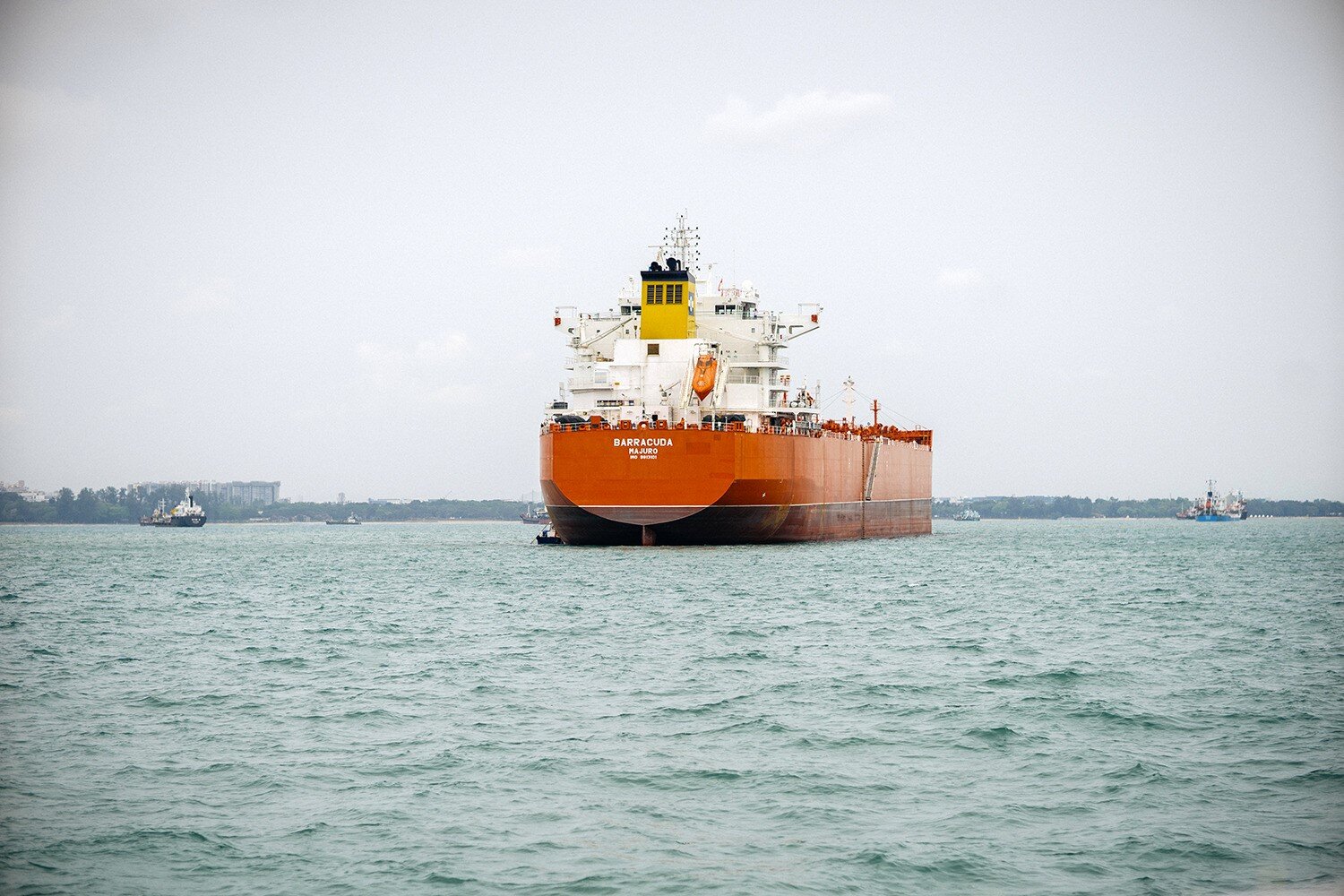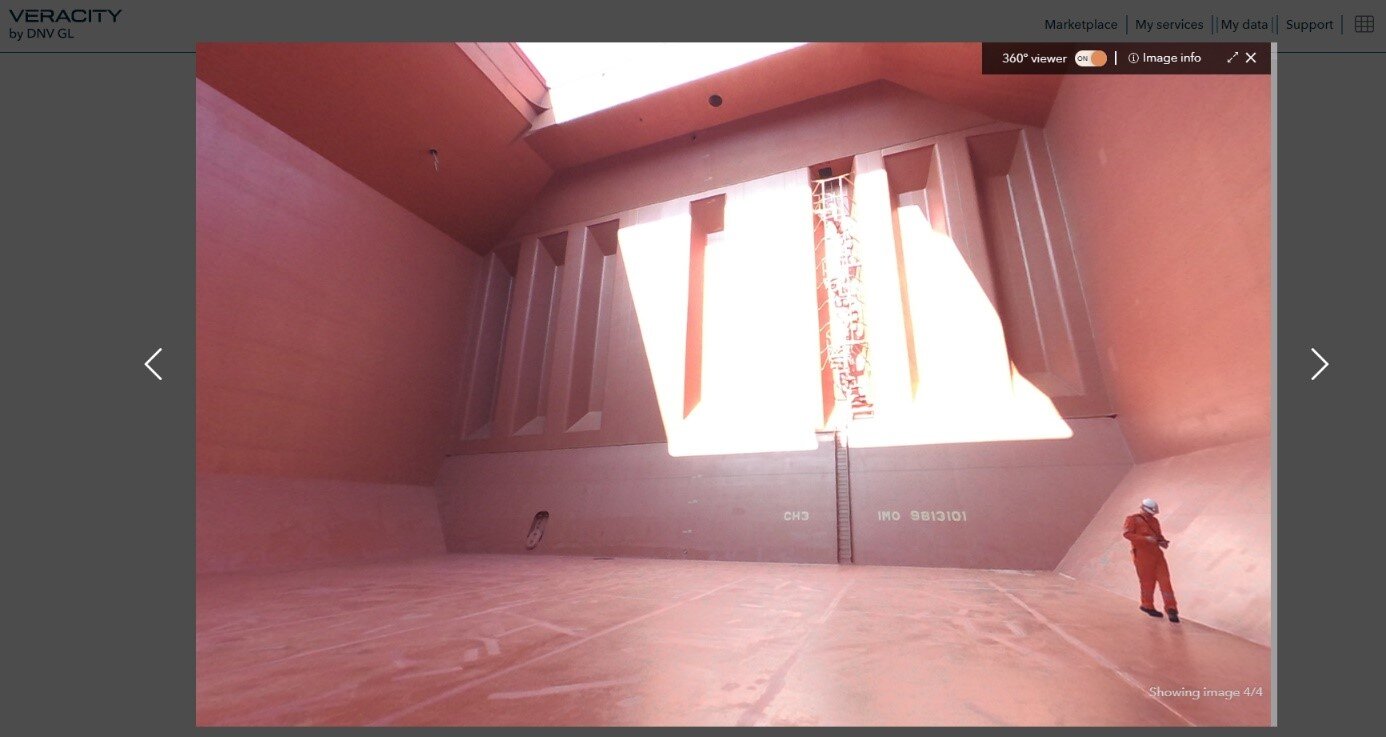Klaveness CLEANBU vessel, MV Barracuda, successfully completed last week the first voyage carrying a part cargo of jet fuel to Korea after discharging her previous cargo of soya beans in China in early May.

After discharging the soya bean cargo, she went through a thorough cleaning, conversion and meticulous inspections prior to loading jet fuel in Japan.
This first successful switching from dry cargo to jet fuel, the CPP cargo with the strictest requirements in terms of tank cleanliness, demonstrates the CLEANBUs’ ability to safely and efficiently switch from dry cargo to the most demanding tanker cargo.

One of the cargo tanks of MV Barracuda after cleaning from grain, before loading jet fuel. From the Klaveness 360 cargo tank inspection tool. Available to all Klaveness close customers and inhouse ship managers and operators in order to have full control of Klaveness cargo tanks.
This cargo switching is another example of the substantial value of Klaveness CLEANBU concept in terms of efficiency gains and carbon emissions reductions. Prior to loading soya beans cargo in Brazil, MV Barracuda discharged a cargo of diesel in Argentina, cleaned and switched mode into dry bulk before loading soya beans.
Her total ballast efforts from discharge port in Argentina to loading port in Brazil were about 4 days, while the typical standard bulk carrier would sail empty from Asia, typical 30-40 days. This saves around 2,000 mts of CO2 for the cargo of soya beans.
Source: Klaveness